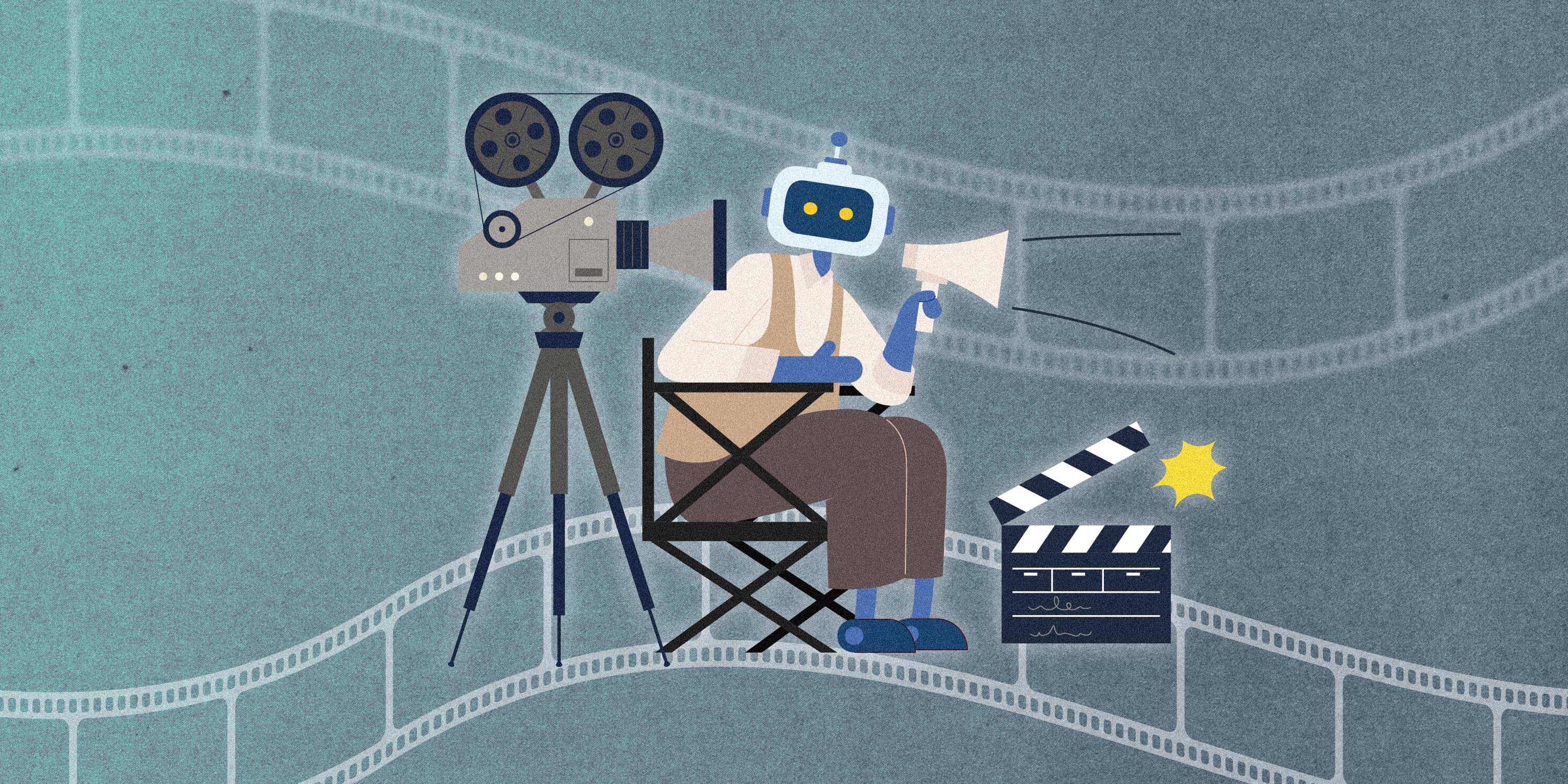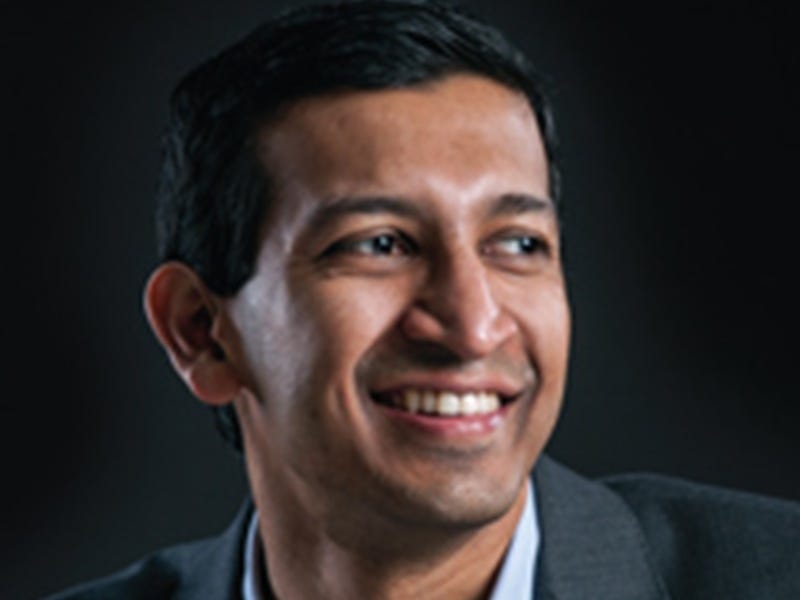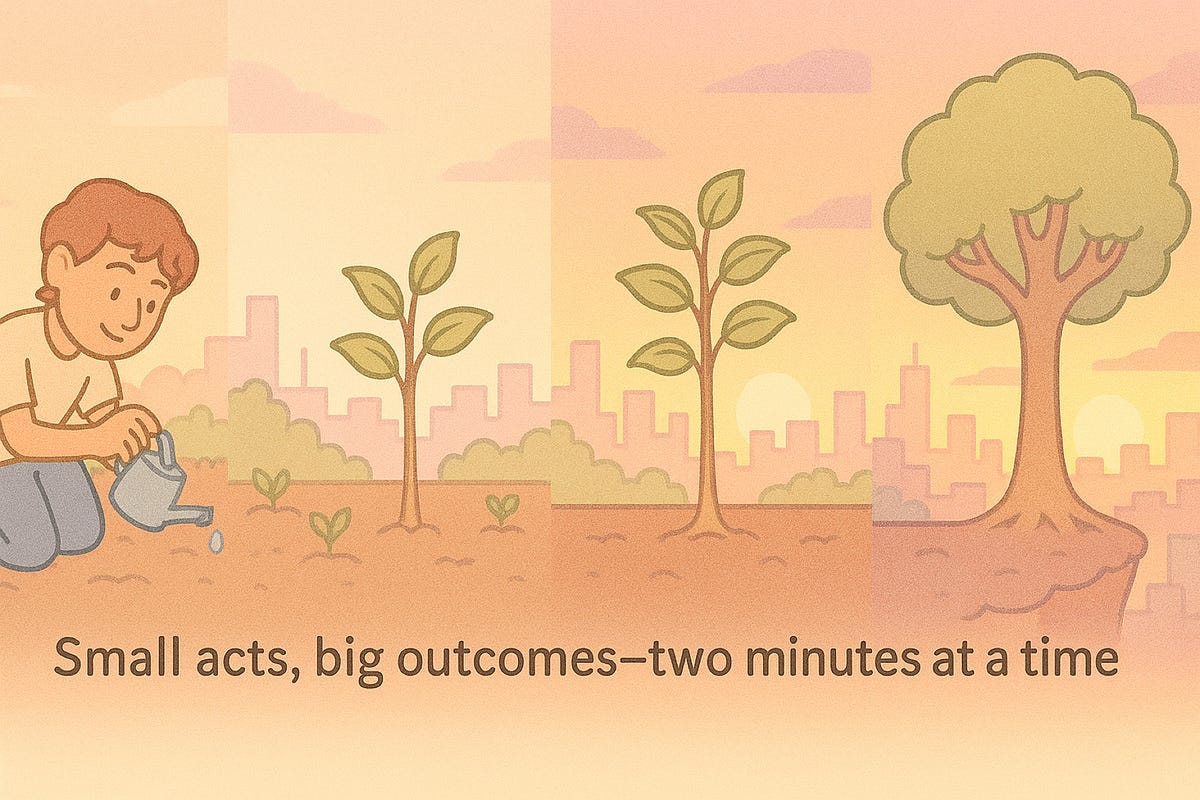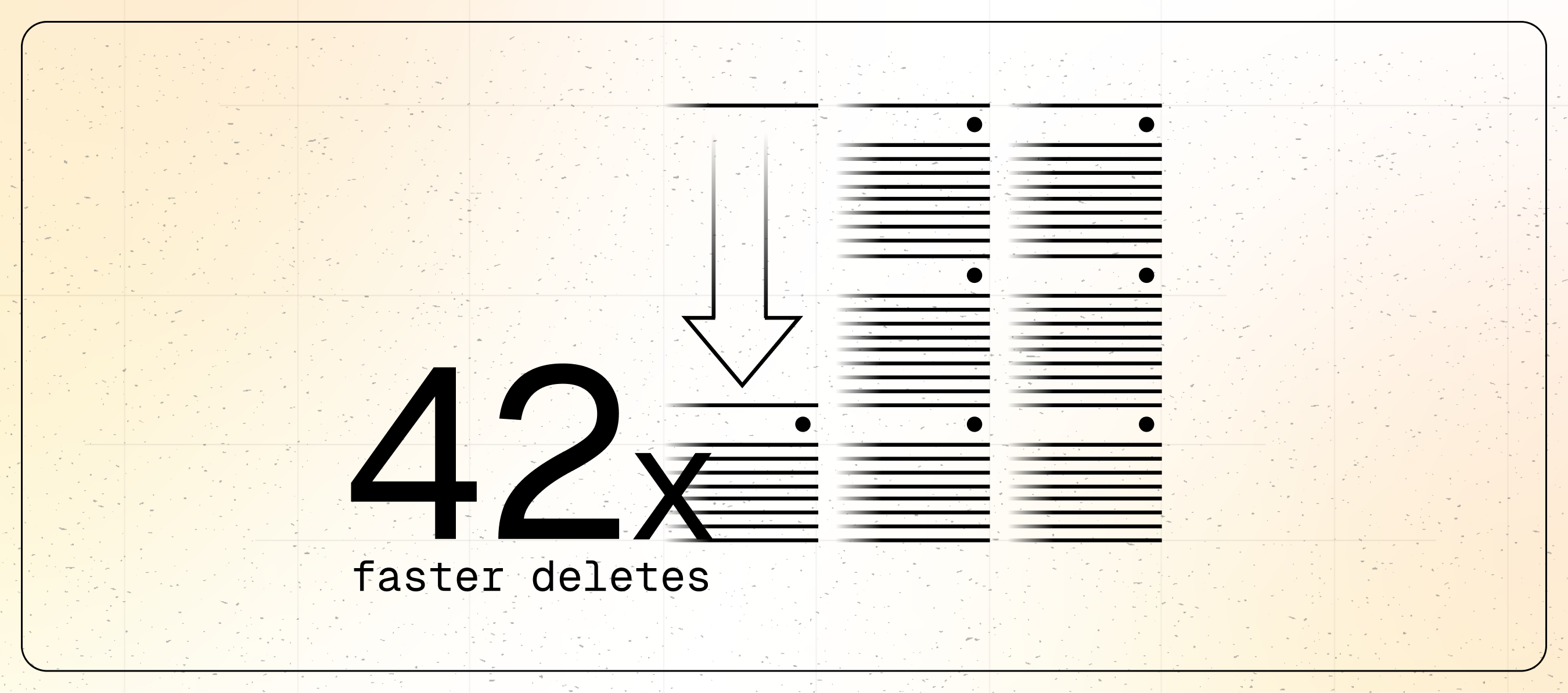
‘Show 30% Anger’: Actor Loses the Plot Over AI Direction
We’re on the movie set for an ultrashort drama in Beijing. Tensions are high, and tears are flowing — they’re just not the right kind of tears.
“One more take,” shouts the director, before turning to his male actor, Lu. “You need to stick with the rhythm given to you by artificial intelligence … your crying isn’t up to standard. The tears came out too slow.”
For Lu, who asked to be identified only by his surname, crying on demand is already a challenge — but doing it in front of a camera while trying to match an “optimal emotional curve” set by AI? That feels almost impossible.
For a start, the data makes no sense to him. After analyzing hundreds of clips of dramatic scenes, the AI system has plotted a curve along an XY axis, with time on the horizontal and expressions on the vertical. At peaks and troughs are instructions such as “show restraint,” “erupt,” and “furrow your brows.”
The actor rechecks the AI-generated script he was sent: “Minute 3 to 4: emotional breakdown.” His knuckles whiten as he grips his phone, forcing down whatever is rising in his throat. Now, even his expressions of pain are expected to conform to machine-calibrated measurements.










